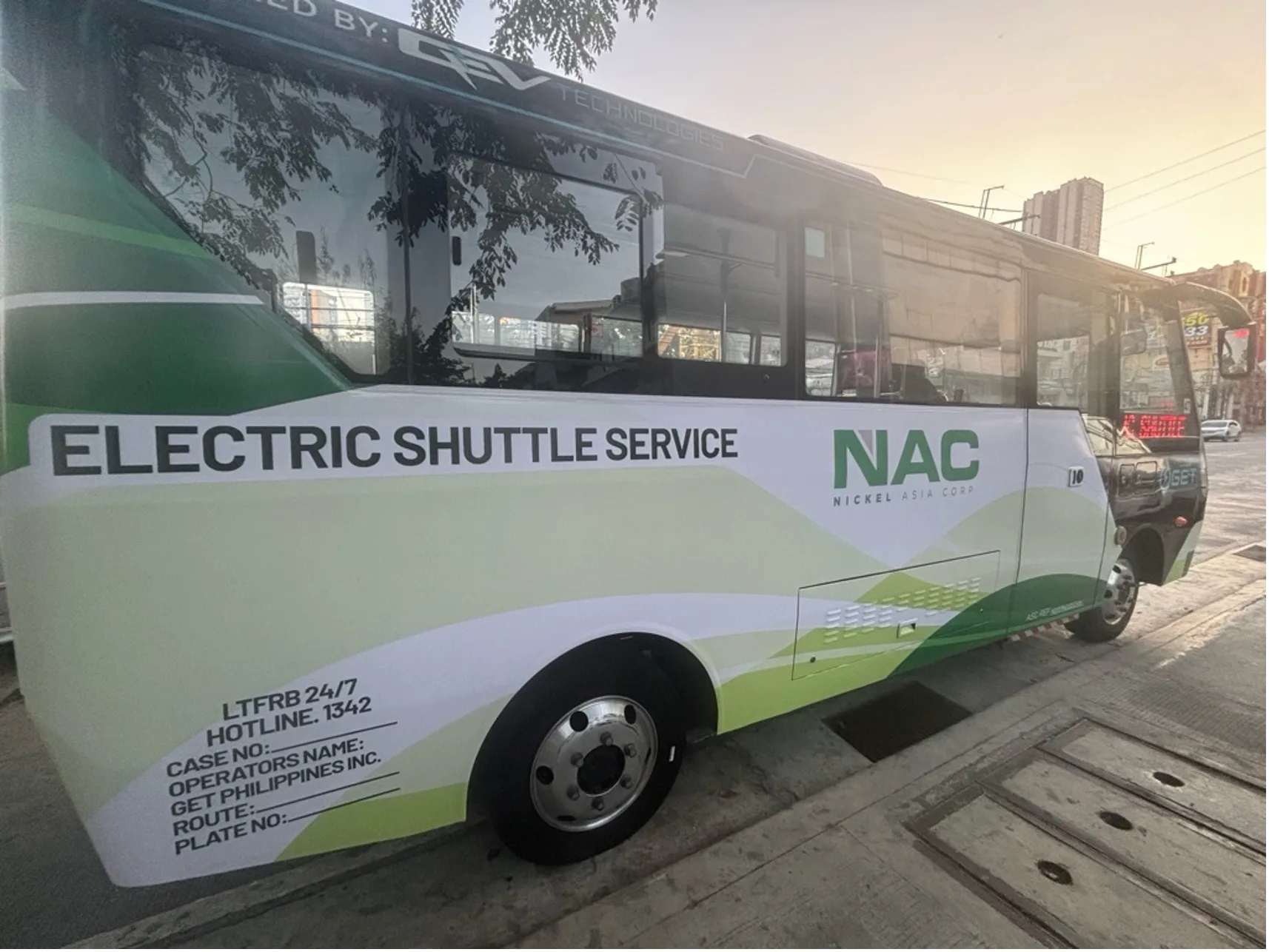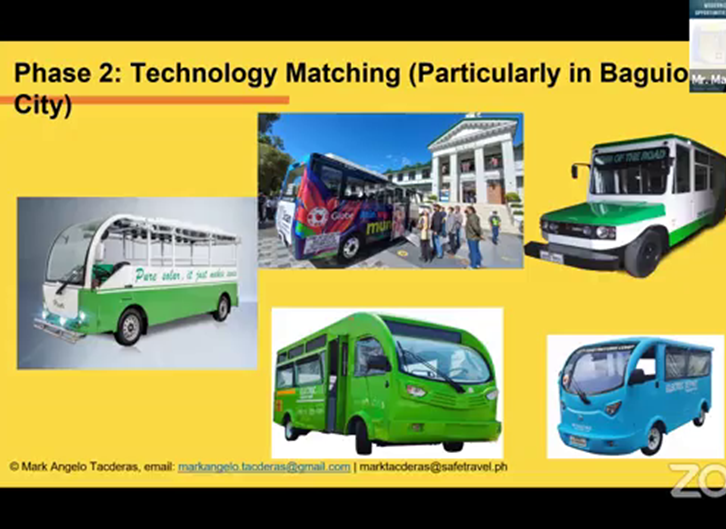Efficient Transit Advertising Philippines to Grow Your Target market
Understanding the Role of Transit Marketing in Enhancing Brand Name Visibility and Customer Engagement
Transit marketing has become a crucial aspect in the marketing landscape, offering unique chances for brands to raise their exposure and involve consumers efficiently. With the capacity to reach a captive and varied target market throughout their day-to-day commutes, these advertising strategies are not simply regarding presence; they have to do with creating significant links with prospective consumers. As we check out the diverse advantages and innovative techniques within transportation advertising, it comes to be necessary to consider exactly how these components collectively affect consumer perception and behavior, questioning concerning their lasting impact on brand name loyalty.
Definition of Transit Advertising
Transportation advertising and marketing refers to the technique of advertising items, solutions, or brands through advertisements put in and around public transport systems. This kind of marketing includes a selection of placements, consisting of posters on trains and buses, electronic displays at transportation stations, and covers on the outside of cars. It intends to reach a varied audience, profiting from the high foot traffic connected with public transportation.
Transportation advertising is purposefully positioned to catch the interest of travelers, that often spend considerable time waiting or taking a trip. By incorporating advertisements right into the day-to-day routines of people, brands can create a lasting impression and foster brand name acknowledgment. The medium is especially effective in urban settings, where public transport is a primary setting of travel.
In addition, transportation advertising can promote local targeting, permitting services to get to specific demographics based upon transit paths and terminal areas. As metropolitan populaces grow and making use of public transportation boosts, this advertising method has actually obtained prestige as a vital component of incorporated marketing approaches. The dynamic nature of transportation advertising, combined with its capability to involve consumers in a restricted environment, underscores its significance in contemporary marketing practices.
Benefits of Transportation Advertising And Marketing
The efficiency of transportation marketing depends on its capability to supply a plethora of advantages to brand names seeking to boost exposure and involvement. Among the main advantages is the extensive reach it supplies; transportation advertisements can effectively target varied demographics across city areas, getting to both commuters and pedestrians alike. This broad direct exposure substantially enhances brand recognition.
Another advantage is the high frequency of impacts. As transit vehicles follow well-known routes and quit at numerous areas, they produce repeated exposure that strengthens brand name messages. This regularity cultivates knowledge, which is crucial in consumer decision-making.
Transit advertising is likewise economical contrasted to other media systems. Offered its expansive reach and potential for high impacts, brands usually experience a lower price per thousand perceptions (CPM), optimizing their marketing budget plan.
In addition, transportation ads can create a sense of area connection. By aligning with neighborhood transportation systems, brand names can resonate with regional target markets and promote a feeling of local pride. This localized method boosts brand name loyalty and interaction, making transportation advertising and marketing a compelling option for businesses intending to solidify their presence on the market.

Effective Strategies for Transit Projects
To make best use of the influence of transportation projects, brands should take advantage of critical planning and implementation tailored to their target audience. First, identifying the group characteristics of the audience making use of public transit is vital. This allows brand names to create tailored messaging that resonates with possible customers.
Following, picking the ideal transportation mediums is crucial. Whether utilizing bus covers, train posters, or electronic screens, each tool has unique benefits that can boost exposure. As an example, lively visuals on bus covers can attract focus, while digital ads can be upgraded frequently to show timely promos.
Moreover, incorporating a cohesive branding method throughout transportation platforms guarantees uniformity and strengthens the brand's identification. Making use of remarkable taglines and distinctive designs will reinforce brand recall amongst travelers.
Last but not least, timing is a crucial aspect in carrying out effective transit campaigns. Introducing projects throughout height traveling hours or neighborhood occasions can significantly enhance exposure and interaction. By utilizing these strategies, brands can efficiently harness the capacity of transit marketing, promoting higher understanding and connection with their target audience. Eventually, a well-executed transportation campaign can drive considerable growth in brand visibility and customer interaction.

Gauging Influence and Interaction
In examining the efficiency of transportation ad campaign, exact measurement of impact and involvement is crucial for brand names seeking to optimize their marketing approaches. Metrics such as reach, frequency, and impressions give fundamental click here now data to evaluate visibility. Assessing these aspects helps establish the number of possible clients are subjected to the advertisements throughout their daily commutes.
Involvement can be further determined with customer interactions, such as website web traffic, social media states, and direct feedbacks to calls-to-action featured in the advertisements. Using tools like QR codes or special Links can promote monitoring of customer habits straight linked to transit campaigns. Studies and feedback systems additionally work as useful methods to collect qualitative data on consumer assumptions and recall of the advertisement.
In addition, advanced analytics and attribution designs can associate transportation direct exposure with succeeding getting behavior, providing understandings right into the return on investment. By utilizing an extensive approach that integrates measurable and qualitative measures, brands can establish a nuanced understanding of their transit advertising and marketing impact. Ultimately, this data-driven technique makes it possible for brand names to improve their projects, ensuring they resonate successfully with target audiences and enhance overall brand visibility.
Situation Research Studies of Successful Campaigns
Effective transit ad campaign function as engaging examples of exactly how efficient approaches can elevate brand name presence and involvement. Transit Advertising Philippines. One remarkable instance is the "I Love New york city" project, which changed the city's photo and brought in numerous vacationers. By using train ads, billboards, and bus wraps, the project developed a solid, natural brand name identity, resulting in a considerable uptick in tourism and neighborhood organization patronage
An additional exemplary project is Coca-Cola's "Share a Coke" campaign, which leveraged transportation marketing to customize the brand experience. By featuring popular names on advertising products throughout different transportation systems, Coca-Cola promoted a deeper psychological link with consumers, urging them to share their experiences on social media.
Additionally, the "Got Milk?" project successfully used mass transit ads to reach a wide target market, reinforcing the message of the importance of milk in a well balanced diet. The project saw a measurable rise in milk intake in target demographics.
These situation studies highlight that when carried out thoughtfully, transportation marketing imp source can considerably boost brand name visibility, foster customer interaction, and drive quantifiable results, showing its vital duty in modern advertising strategies. - Transit Advertising Philippines
Verdict
Finally, transportation advertising functions as a vital tool for boosting brand exposure and fostering consumer involvement. By utilizing tactically positioned advertisements within public transport systems, brand names can effectively enhance and get to diverse audiences acknowledgment via consistent direct exposure. The execution of targeted messaging and cutting-edge methods better enhances the effect of transportation projects. Inevitably, the capability to gauge engagement and examine successful other situation research studies emphasizes the performance of transit advertising and marketing in driving brand loyalty and consumer interactions.
Transit marketing has emerged as a critical aspect in the advertising landscape, providing distinct opportunities for brands to boost their presence and involve consumers efficiently.Furthermore, transit marketing can assist in localized targeting, allowing organizations to get to certain demographics based on transit routes and terminal locations.In evaluating the performance of transportation marketing campaigns, exact measurement of impact and involvement is vital for brands seeking to enhance their advertising strategies.Effective transit advertising and marketing projects serve as engaging examples of just how efficient strategies can boost brand presence and interaction.In conclusion, transportation advertising offers as an essential device for improving brand exposure and cultivating customer interaction.